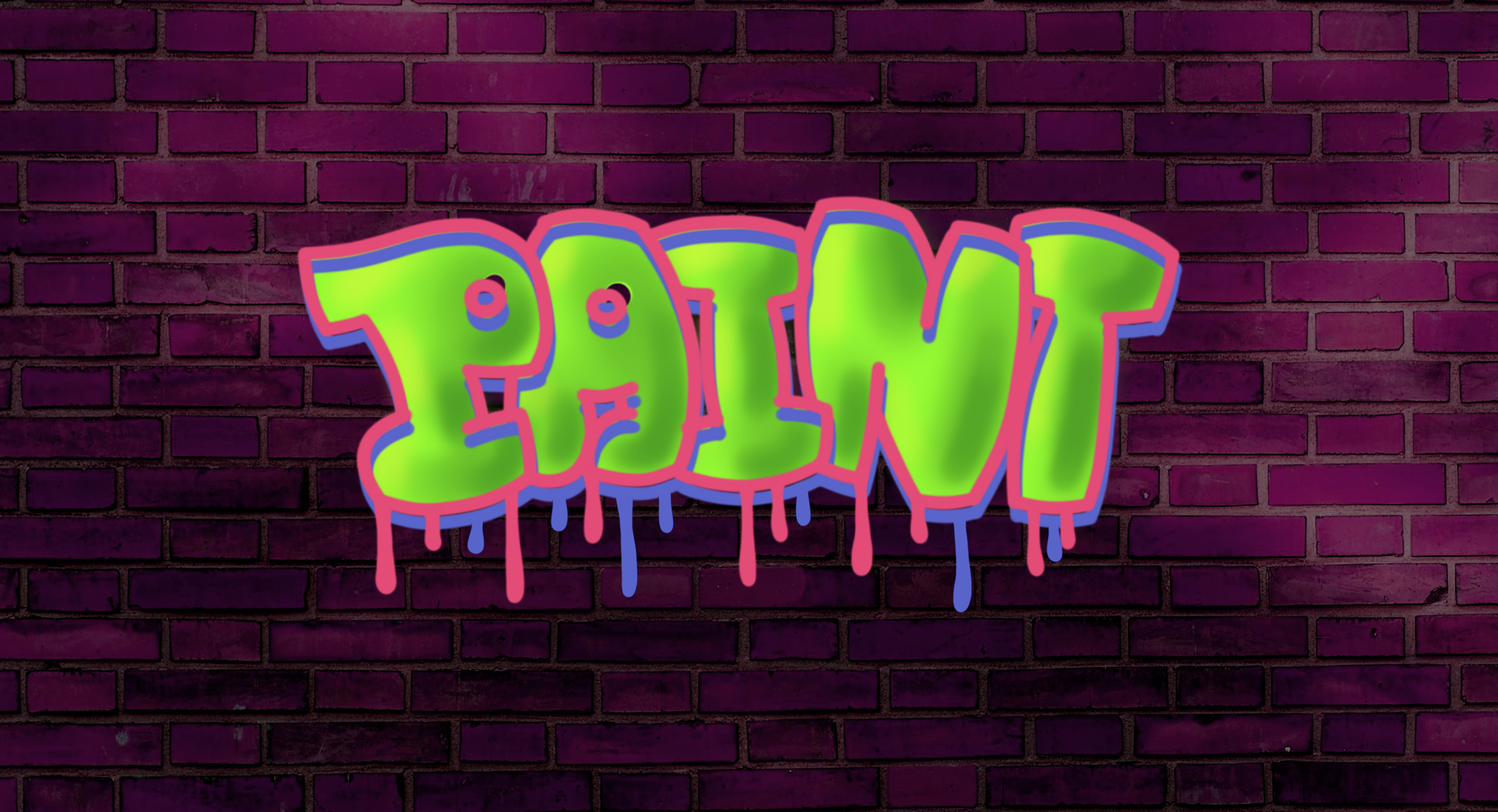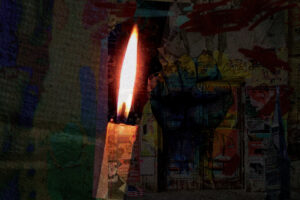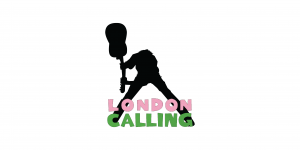Walking through Red Square the day after Russia invaded Ukraine, all I saw was art. To my left, drawn in vibrant chalk, was the Ukrainian flag accompanied by the words, Slava Ukrayini (Glory to Ukraine) and Heroyam Slava (Glory to Heroes). To my right, “Stand with Ukraine” was written on the bricks. While the activists who chalked in Red Square may not consider themselves graffiti artists, they are joined by thousands of street artists around the world who use their art to speak out against injustice, unify communities, and bring about change.
Though graffiti and street art have a few semantic differences, the main distinction lies in the culture and context surrounding them. Since its resurgence in the 1970s, the African American community has used graffiti to express their history of suffering and resilience. Gradually, as commissioned murals entered the field, city officials sought to distinguish what they considered illegal, messy, and rebellious “graffiti” from legal, aesthetic, and respectable “street art.” Further distinctions associate tagging—artist signatures—and words with graffiti, and murals and images with street art. As such, “graffiti” typically has a negative connotation, but many justice-driven artists prefer to use both terms interchangeably. Their art involves the historical and word-based characteristics of graffiti and the aesthetic and image-based characteristics of street art.
Graffiti is an expression of hope, a demand for justice, and a representation of community solidarity. It allows those who need their voices heard the most to express themselves. Ismael Illescas, a graffiti artist in LA, put it this way: “Where these [people] are marginalized, ostracized, and invisibilized, graffiti is a way for them to become visible.”
The problem is, while social justice graffiti has the power to amplify marginalized voices, surrounding structures, beliefs, and policies suppress and manipulate them. In this highly racialized and increasingly popular business, street art often maintains a double standard for its artists.
Cities like Philadelphia and Los Angeles have recognized the benefits of public art and have begun commissioning murals in sanctioned locations. Artists have the liberty to express themselves and legally display their art publicly. However, these displays are often intended for city beautification rather than social justice, and the result is a colorful mural without the vital component of policy change. And sometimes, commissioned “justice-oriented” street art is more performative than anything else.
D.C. Mayor Bowser’s BLM mural offers one example. While the large yellow letters painted on 16th street reading “Black Lives Matter” may appear appropriate at a distance, DC’s BLM Chapter tweeted they’re not impressed. Despite Bowser’s mural, she has taken no action in enacting any of their policy demands, particularly defunding the police. While graffiti can be a tool for justice, it can also be a colorful diversion from it.
And depending on how and where commissioned street art is displayed, this beautification can promote the gentrification of neighborhoods because large murals increase property values. As cities try to deter unwanted graffiti through commissioned murals and businesses hop on the bandwagon to make their buildings “hip,” street art significantly raises their financial value. When Banksy, a world-renowned graffiti artist, entered the scene in Wynwood, Miami, the neighborhood’s developer Goldman Properties struck gold—one of their properties, among others, reportedly sold for over $50 million. Meanwhile, local renters and residents have had to leave the area due to rising prices.
Additionally, while street art is a diverse field, white artists like Banksy and Shepard Fairy maintain the spotlight. Banksy’s art is known for its social commentary, bringing attention to homelessness, systemic racism, and more. He has arguably become the most prominent artist in the world, making over $20 million a year. However, while Banksy makes money for his commentary, artists with critical insight and experience of the issue themselves don’t receive the same attention.
Gabriel Villa was commissioned to paint a mural in Bridgeport, an ethnically diverse and working-class neighborhood in Chicago. Using the opportunity to stand against over-policing in his community, he spray painted three security cameras, a police badge, a deer head, and a skull. Not a week passed before his work was painted over by government-sanctioned Graffiti Blasters. The ward’s alderman claimed Villa’s art was undesirable because it referenced “gang imagery and violence.” Villa’s story represents a reality for many artists: If those in power disapprove of their message, which is often the reason for the artwork in the first place, artists are silenced.
People of color are also more likely to be reprimanded for their art, with or without legal approval. While popular Detroit artist Sheefy McFly was working on his mural commissioned by the city, he was approached by police, who mistook him as a vandal. When McFly moved toward his city-issued permit, the police viewed it as resisting arrest and detained him for a day before releasing him. McFly’s experience symbolizes the way police—and society as a whole—view graffiti from artists of color: vandalism, painted by criminals.
Preserving the communal benefits of graffiti in the face of neighborhoods, governments, and systems that mistreat artists and their art is undoubtedly difficult. Some neighborhoods are considering elevating the artists within their communities rather than hiring acclaimed artists from elsewhere. Local painters bring with them the community’s culture, history, voice, and style. By prioritizing these unique, community-based voices over highly recognized artists, neighborhoods highlight the stories, statements, and demands of the local residents. The fear of gentrification still remains, but avoiding six-figure murals from famous artists may help mitigate the problem.
Another possible solution is opening blank spaces around the city where artists can freely create without a permit. This removes the monetary appeal and allows artists to create candidly, which encourages authentic, justice-motivated art. Similar to murals, designated blank spaces may also centralize graffiti and discourage artist-city conflicts in areas where it is unwanted. Of course, this solution is not infallible, either. Compensation for work done is important, and removing monetary incentive may make street art less accessible to lower-income artists.
Perhaps the most important step moving forward is reframing how we—individuals, businesses, police, and government—view graffiti. So long as graffiti is stigmatized, it will continue to be discounted, removed, and painted over with performative “authorized” art. So long as the system criminalizes and excludes diverse artists, those who need their voices heard the most will be silenced. We need to give power to local communities—let’s start by treating graffiti as an art form, a mode of public expression, and a tool to challenge existing realities of oppression.





